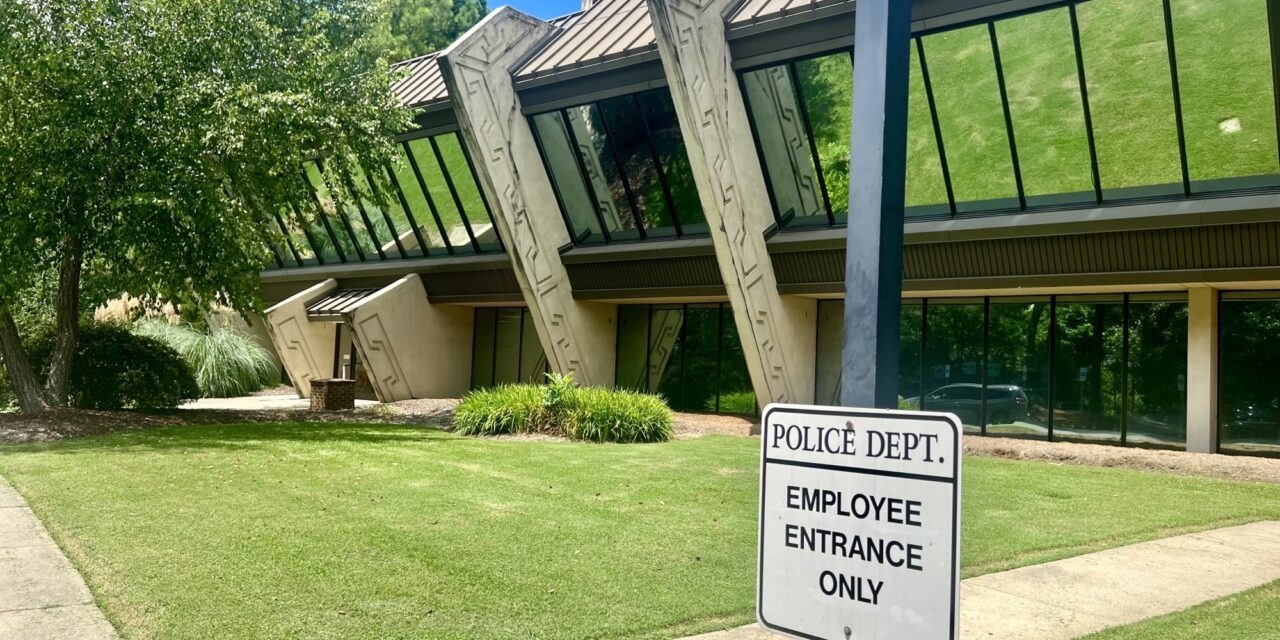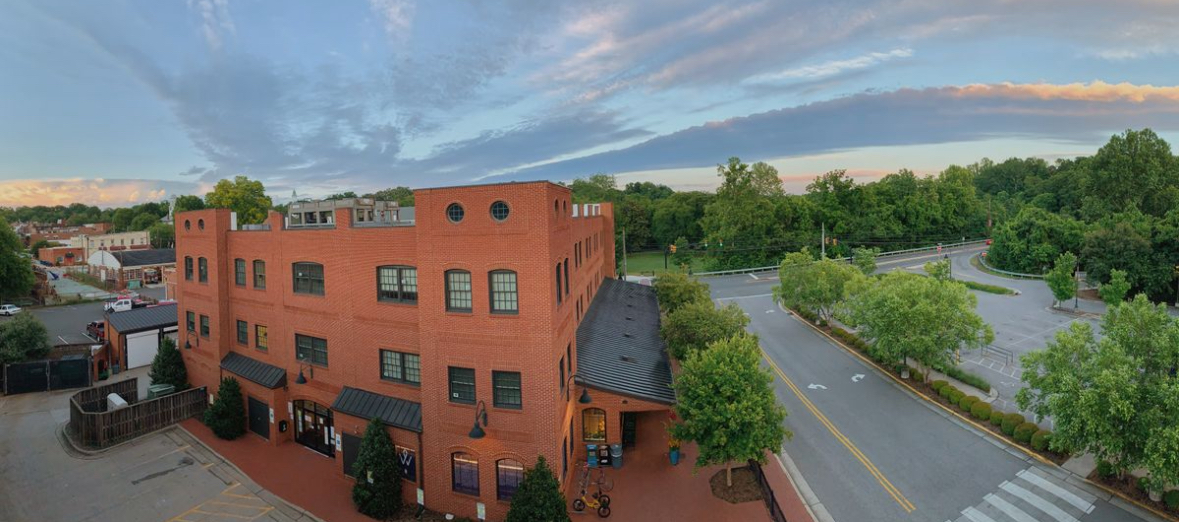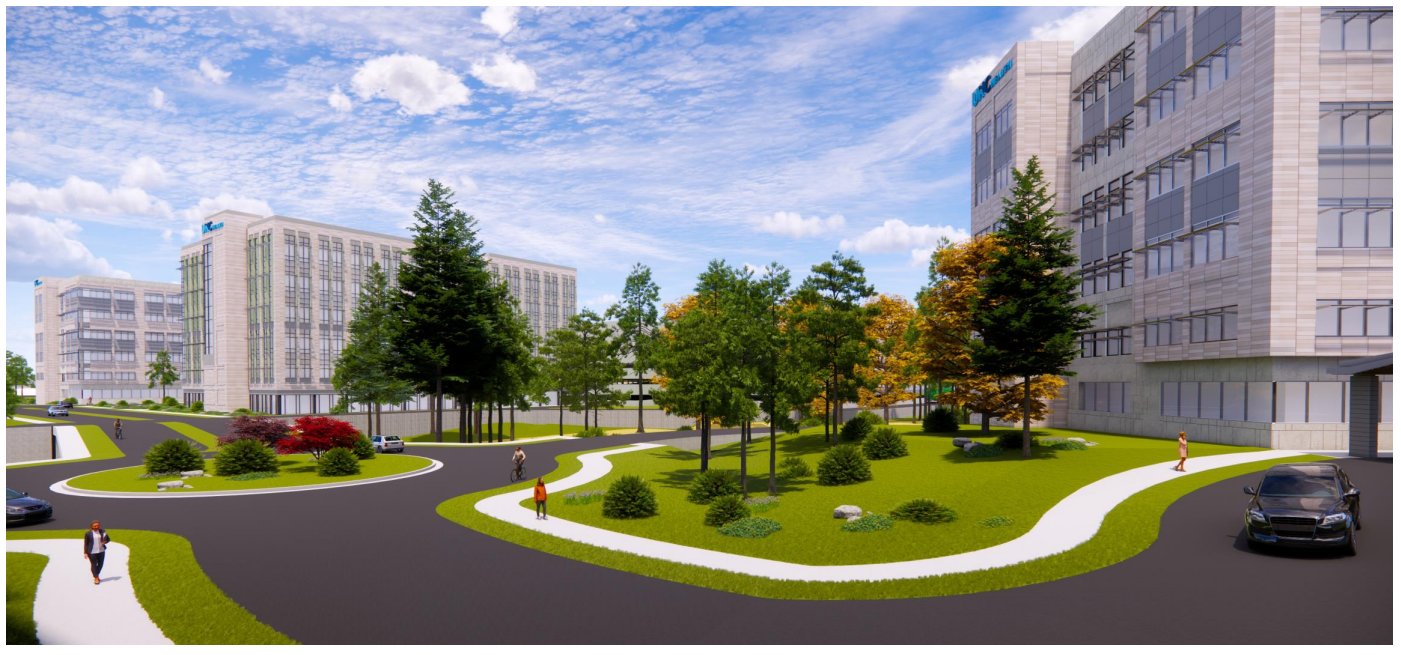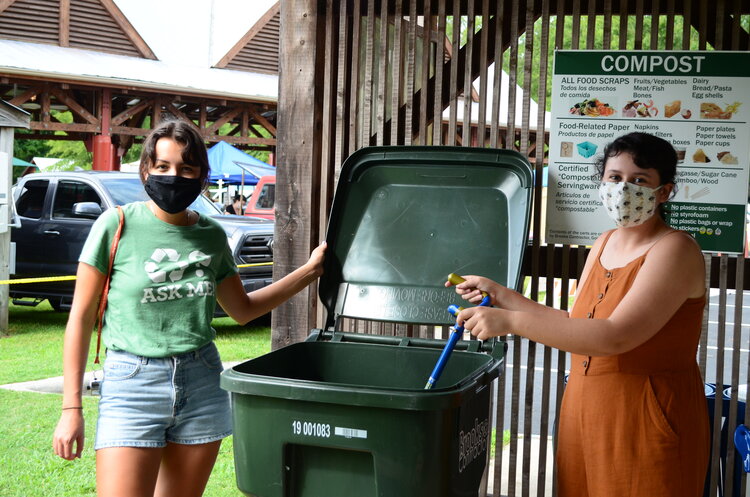The Chapel Hill Town Council is considering development of the contentious 828 Martin Luther King Jr. Boulevard property, a site which is known to contain coal ash. Studies are being conducted to determine if North Carolina’s Brownfields Program can be used to redevelop the site.
In the 1950’s and 60’s, soil was excavated for off-site use on the property, but coal ash was left behind after the operation.
In a more recent assessment of the work, coal ash was still identified.
The town of Chapel Hill is currently considering implementation of the Brownfields Program, a voluntary state program with the mission of facilitating the safe re-use of contaminated properties. Brownfields sites experience environmental contamination which hinders development and causes negative economic and societal consequences.
The Chapel Hill Town Council passed an early development plan at an April meeting — a step in the process to get the site accepted into the Brownfields Program and remediated from the coal ash.
In May, the Department of Environmental Quality, which manages the Brownfields Program, held a public hearing about the site for town residents.
Sharon Eckard, a project manager of the Brownfields Program, said the program protects public health by either removing contaminants or breaking the pathways for exposure at a location. She said even after a property is improved, the program can limit what type of development is allowed to happen on the land.
“The Brownfields Program statute allows for land use restrictions in lieu of remediating a site to unrestricted use standards — that’s very explicit in the statute,” Eckard said.
The project is in the assessment phase of the Brownfields process. Details of the redevelopment and final remedial measures have not been determined, and a site-specific Brownfields agreement has not yet been drafted.
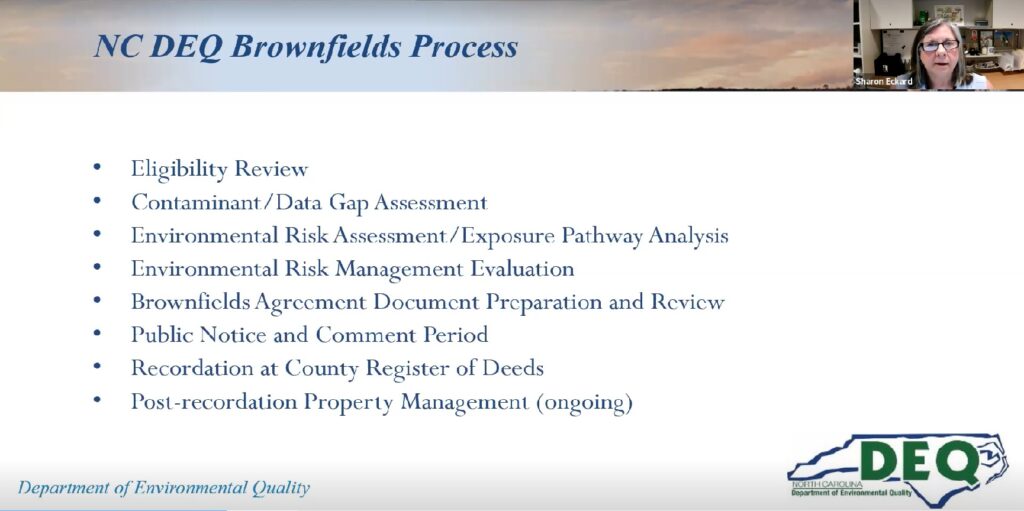
Sharon Eckard discusses NC’s DEQ Brownfields Process during a meeting on May 16
Agreements with the program offer property tax incentives for qualifying improvements. Eckard said the program also provides public benefits.
“We’ve put medical facilities in place, we’ve addressed food deserts with grocery stores, we’ve also done affordable housing on certain Brownfields sites,” Eckard said. “And we’re proud of that.”
Despite no finalization of the Brownfields Program on the 828 MLK site, some residents are concerned the town will eventually develop the property. Some of those community members shared their worries during a June meeting titled “AT WHAT COST? Chapel Hill’s plan to house residents on coal ash dump.”
Nick Torrey, a Senior Attorney with the Southern Environmental Law Center (SELC), said a risk analysis of the site by the town of Chapel Hill concluded that standards are currently unacceptable for residents. He added that the town’s plan to cover the contamination with dirt is an approach that has failed to prevent exposure of the ash at this site and other sites around the country.
“Any plan that leaves ash in place needs to have — among other substantive protections — continued sampling and monitoring of the creek and the groundwater and the soil to catch problems if they do get worse, because that can happen over time,” Torrey said.
Adam Searing, a public interest lawyer and health researcher who currently serves as a member of the Chapel Hill Town Council was the only council member who voted against the plan to develop on the 828 MLK property.
“I fully support building some sort of housing on this site as long as we completely remove the coal ash and other toxic waste that is there,” Searing said. “Eventually we can do something like that, but not now.”
There was little to no discussion of the Brownfields Program at the community-run meeting in June.
Discussions between the Department of Environmental Quality and the Town of Chapel Hill staff are set to continue into the fall, with the Chapel Hill Town Council returning in September.
Chapelboro.com does not charge subscription fees, and you can directly support our efforts in local journalism here. Want more of what you see on Chapelboro? Let us bring free local news and community information to you by signing up for our biweekly newsletter.

